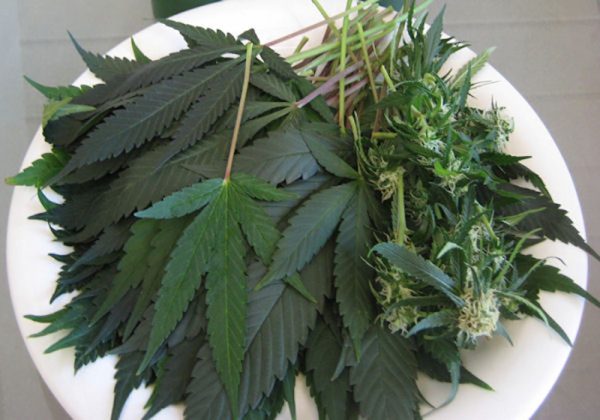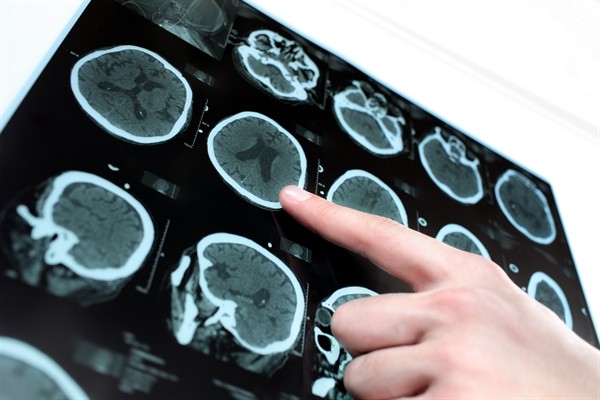Hello Friends !

HELP NEEDED: Dominica Relief Fund for Dr. William Courtney and Family
Here you’ll find my Interviews, our Forum, peer-reviewed Scientific Articles, and other info about the latest research on Cannabis.
Consultations are available by appointment. We can discuss your use of Dietary Cannabis for health and well-being, and other questions live via telephone or Skype.
You can also Renew your Script if you are already a client.
Thank You for visiting Our Site.
Enjoy!
Dr. William Courtney, MD.
Featured: Cannabinoids and the Endocannabinoid System PDF
Also : Acidic Cannabinoids PDF: US Patent 7,807,711
- Escape to the Rain Forests of Dominica.
- 7 years agoEscape to the Rain Forests of Dominica.
Escape to the Rain Forests of Dominica.
7 years ago Canna JuicerFar from the maddening grid. In a valley that has provided sanctuary for hundreds of years i…Read More - Cannabis - Most Important Vegetable on the Planet.
- 8 years agoCannabis – Most Important Vegetable on the Planet....
Cannabis – Most Important Vegetable on the Planet....
8 years ago Canna JuicerWatch Video…Read More - Greater Medical Marijuana Access for Veterans clears legislative haze.
- 8 years agoGreater Medical Marijuana Access for Veterans clea…...
Greater Medical Marijuana Access for Veterans clea…...
8 years ago Canna JuicerA U.S. Senate panel voted to increase military veterans’ access to medical cannabis on Thursday.…Read More - Cannabis for stroke victims?
- 8 years agoCannabis for stroke victims?8 years ago Canna JuicerJust don't smoke it. “Eat a bud a day, it keeps the stroke away,” The nervous, lymphatic and m…Read More
- Peripheral cannabinoid receptor, CB2, regulates bone mass ...
- 8 years agoPeripheral cannabinoid receptor, CB2, regulates bo…...
Peripheral cannabinoid receptor, CB2, regulates bo…...
8 years ago Canna Juicercialis generico farmacia europea function googleTranslateElementInit2() {new google.tr…Read More - 1975 Gov published "Growth was retarded by the oral administration of ...
- 8 years ago1975 Gov published “Growth was retarded by the ora…...
1975 Gov published “Growth was retarded by the ora…...
8 years ago Canna Juicer“growth was retarded by the oral administration of delta9-tetrahydrocannabinol (delta9-THC),&#…Read More - Bees collecting Cannabis Resin for Honey
- 8 years agoBees collecting Cannabis Resin for Honey
Bees collecting Cannabis Resin for Honey
8 years ago Canna Juicerbest place order viagra function googleTranslateElementInit2() {new google.translate.T…Read More - price comparison cialis viagra levitra Cannabis Shrinks Aggressive Brain Tumors
- 8 years agoprice comparison cialis viagra levitra Cannabis Sh…...
price comparison cialis viagra levitra Cannabis Sh…...
8 years ago Canna Juicerlevitra generic cialis viagra function googleTranslateElementInit2() {new google.trans…Read More - GPR55: " a likely cannabinoid receptor."
- 8 years agoGPR55: ” a likely cannabinoid receptor.”...
GPR55: ” a likely cannabinoid receptor.”...
8 years ago Canna Juicerviagra doctors online function googleTranslateElementInit2() {new google.translate.Tra…Read More




